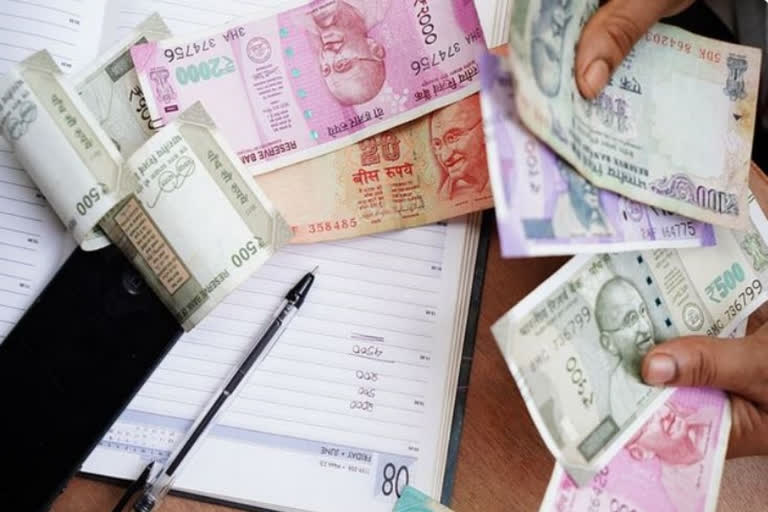New Delhi: For economists and experts, one of the most keenly watched aspect in the Union Budget would be the fiscal deficit, which in other words represents the money that the Central government is going to borrow in the next financial year (April 2923 to March 2024) and what has been the Centre’s borrowing in the current financial year (April 2022 to March 2023) as per the revised estimates.
Finance Minister Nirmala Sitharaman would present the Union budget in the Lok Sabha on Wednesday. For the current financial year, Sitharaman anticipated that the Centre would need to borrow Rs 16.12 lakh crore to meet its expenditure which has also been pegged at a record Rs 39.45 lakh crore as per the budget estimate. However, in a likely scenario, the Centre is expected to cross this expenditure when the finance minister presents her revised estimates of expenditure on Wednesday.
What is the fiscal deficit?
The fiscal deficit represents the Centre’s total borrowing requirement in a year and the composition of the borrowing which means how much money the Centre would borrow from the market and also from other sources such as provident funds, small saving schemes etc among others.
For example, the Centre’s actual borrowing for the FY 2020-21 was a record 18.18 lakh crore that is 9.2% of the country’s gross domestic production. A massive borrowing requirement such as this suggests that the Centre’s finances are in a weak position and it is not able to generate enough revenues to meet its expenditure, development work and other welfare programmes.
Similarly, a high fiscal deficit also sends a wrong signal to foreign investors about a country’s economic situation and sovereign rating agencies tend to lower the credit ratings of the countries with a high fiscal deficit, in the absence of a clear roadmap to bring it down to a more sustainable level. That is why the then Atal Bihari Vajpayee’s government has enacted a Fiscal Responsibility and Budget Management Act of 2003 to maintain fiscal discipline in the borrowing by both the Centre and States.
In order to reduce its borrowing and improve its financial health, Nirmala Sitharaman last year announced a clear roadmap to bring down the fiscal deficit to a record 9.2% of the GDP in FY 2020-21 to 6.9% in FY 2021-22 and then further reduce it to 6.4% of the GDP in FY 2022-23. The fiscal path requires the government to bring down the Centre’s borrowing from Rs 18.18 lakh crore in FY 2020-21 to Rs 15 lakh crore in the next year and then to Rs 16.12 lakh crore in the current financial year.
High fiscal deficit crowds out funds for private players
The amount of money the Centre borrows from the market directly impacts the interest rate as a massive borrowing by the Centre, as has been seen in the recent years, may crowd out funds for private sector borrowers which include companies and firms and also retail borrowers.
As a result, the real interest for retail borrowers goes up and also the amount of money available with the banks and other lending institutions to lend to small and retail buyers is also affected, making it difficult for them to borrow money such as home loans, auto loans, and other personal loans at affordable rates.


